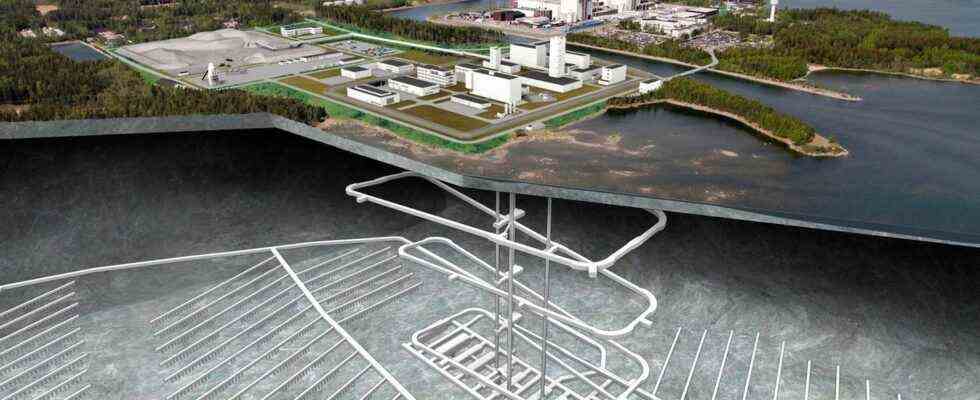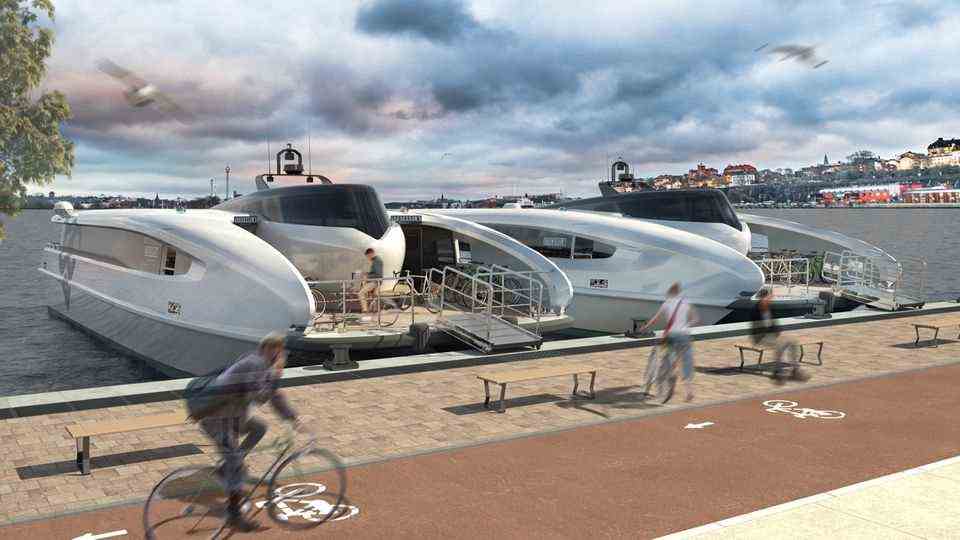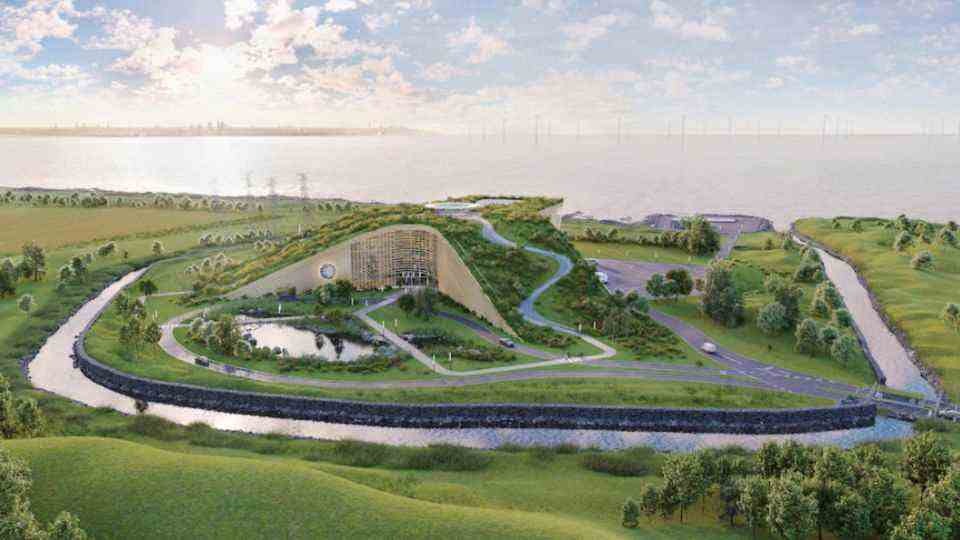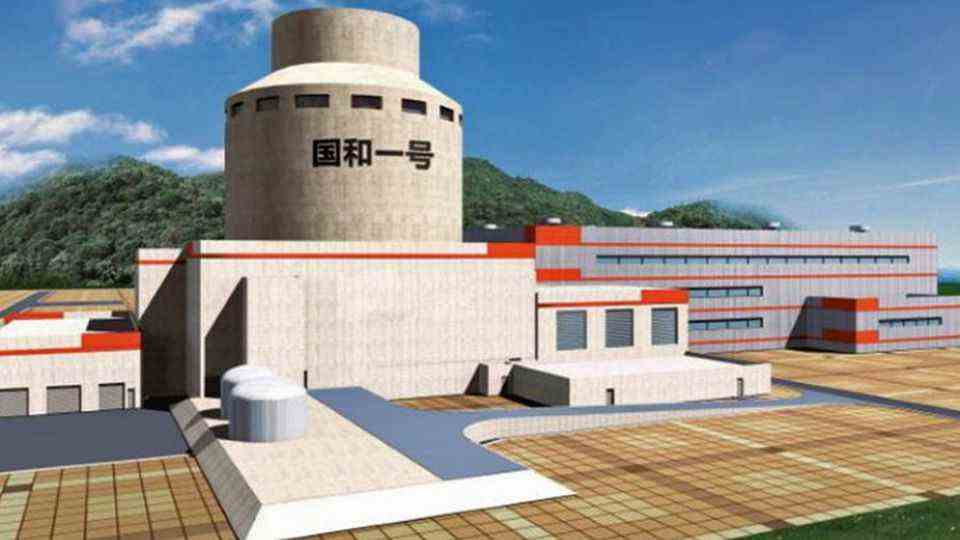Nuclear waste
Off to the granite mine – Sweden is building a repository for 100,000 years
In Forsmark, a facility for encapsulating the waste will be built next to the storage facility.
© SBK / PR
After Finland, Sweden will now also build a nuclear repository. The government’s decision came after local residents voted to build the artificial mine.
In Germany the search is endless for a suitable repository for nuclear waste. In Scandinavia, on the other hand, people seem to be more decisive. Sweden’s government has given the green light to build a repository that will keep the country’s spent and highly radioactive nuclear fuel safe for the next 100,000 years.
Swedish nuclear fuel and waste management company SKB said: “It is a historic decision that enables SKB to dispose of the nuclear waste produced by our generation. We welcome this decision. We now look forward to realizing Sweden’s largest environmental protection project. ” The word “environmental protection” may annoy inveterate opponents of nuclear power plants, but the nuclear waste is there and, precisely for environmental reasons, it cannot be improvised indefinitely. SKB is considered a world leader in this field. The repository in Finland is also based on the Swedish KBS-3 process. The Swedes are hoping for more orders worldwide.
Sweden at the forefront of technology
The two camps can be described as the first projects for a repository in the world according to today’s safety regulations. The location of KBS-3 is based on the conditions prevailing in the natural occurrence of radioactive material. Both in Finland and in Sweden, the plant will be built in granite. The decay is first allowed to decay in order to reduce the thermal stresses. Then it is melted down in cast iron. These canisters, in turn, go into a copper container. The buckets are then stored in over 500 tunnels 500 meters below the surface. A separate cavity is created for each copper container, into which it is sunk and then sealed with bentonite clay. The radioactive waste will then remain dormant there for 100,000 years.
Problem must not be inherited
Environment Minister Annika Strandhäll defended the project against critics. “It is irresponsible to simply inherit nuclear waste year after year without a plan. We must not pass the responsibility on to our children and grandchildren. Our generation must take responsibility for our waste. That is why the government is allowing the next step in the verification process.”
“We and Finland are the first in the world to take responsibility for nuclear waste. This will be a safe repository that will keep both the environment and people safe.” It is interesting that the government’s decision was only taken after residents at the Forsmark site voted in favor of the plans.
Sweden had already voted to phase out nuclear energy in 1980, so it is primarily a matter of cleaning up the legacy. Six reactors from this period are still working. A total of about 8,000 tons of highly radioactive waste was produced.
worldwide problem
The repository project has been in the works for 40 years, and the actual construction is to be completed quickly. The plant is scheduled to go into operation in ten years. After the go-ahead from the government, SKB is now awaiting the completion of the approval process from the District and Environmental Court and a final approval from the Swedish Radiation Protection Agency. The construction of the plants in Finland and Sweden puts SKB in a unique position. Even the states that are still putting off the decision cannot indefinitely postpone the question of final storage. You have to decide on a location and a technique at some point.





